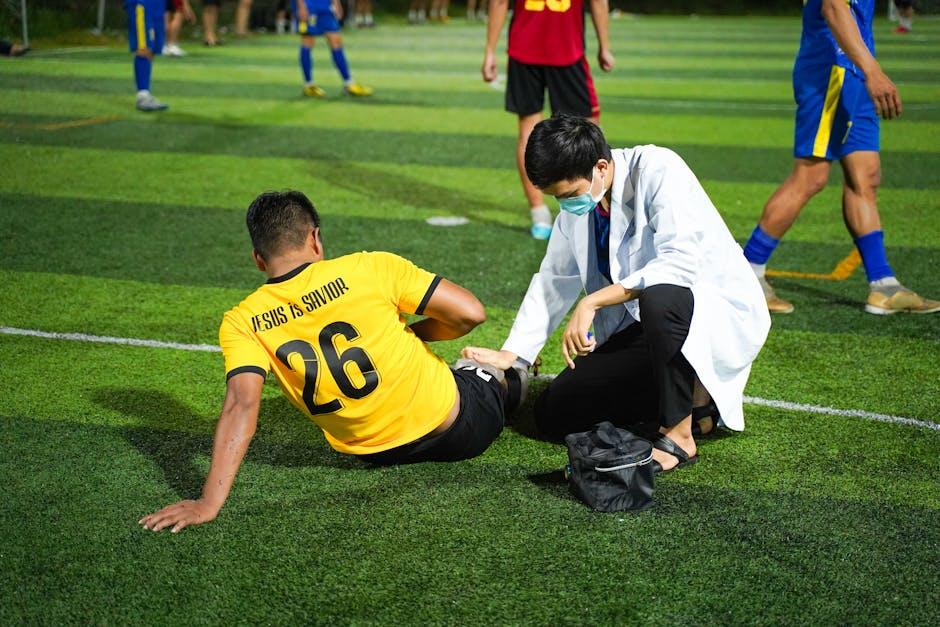
Prevalence of Medical Emergency Events in Primary Dental Care within the UK – Nature Explained
Medical emergencies, though relatively rare in the context of dental settings, are critical events that every primary dental care practitioner in the UK must be prepared to handle swiftly and effectively. Understanding the prevalence and nature of these medical emergency events not only safeguards patient safety but also enhances the confidence and competence of dental teams. This article delves into the statistical prevalence, types, causes, and practical measures surrounding medical emergencies in UK primary dental care.
Introduction to Medical Emergencies in UK Primary Dental Care
The delivery of dental care offers a variety of procedures that may, at times, precipitate medical emergencies. These emergencies can range from mild to life-threatening and require immediate intervention. Surveys indicate that while the majority of dental patients receive care without complication, medical emergencies do occur and often involve systemic issues influenced by patient history, anxiety, medications, and procedural stress.
Why Focus on Primary Dental Care?
Primary dental care forms the frontline of oral health in the UK. The setting typically includes general dental practices where medical infrastructure is less extensive than in hospitals. Therefore, understanding the nature and prevalence of emergencies here is vital to improving patient outcomes and aligning emergency preparedness protocols.
Prevalence and Types of Medical Emergencies in UK Dental Practices
Research and surveys from bodies like the British Dental Association (BDA) and General Dental Council (GDC) provide an overview of common medical emergencies encountered by dental professionals. The data reflects that emergencies happen infrequently but are a documented aspect of routine dental care.
| Type of Medical Emergency | Approximate Prevalence (%) | Typical Causes |
|---|---|---|
| Vasovagal Syncope (Fainting) | 50 – 70 | Anxiety, pain, prolonged sitting |
| Asthma Attacks | 10 – 15 | Triggering allergens, stress |
| Allergic Reactions (Anaphylaxis) | 5 – 10 | Local anaesthetics, latex, medications |
| Angina and Cardiac Events | 5 – 8 | Underlying cardiovascular disease, stress |
| Hypoglycaemia | 3 – 6 | Diabetes, missed meals, stress |
| Seizures | 2 – 4 | Epilepsy, stimulant drugs |
Most Common Medical Emergencies
- Vasovagal Syncope: The most frequently observed emergency, caused by sudden drops in heart rate and blood pressure.
- Asthma Attacks: Triggered by environmental or procedural stress factors.
- Allergic Reactions: From latex sensitivity or anaesthetic agents.
Factors Influencing Emergency Occurrence in Dental Practices
There are multiple factors that contribute to the nature and frequency of medical emergencies in primary dental care in the UK:
- Patient Medical History: Pre-existing conditions such as cardiovascular disease, asthma, or diabetes markedly increase risk.
- Medication Effects: Many patients take medications that may interfere with normal bodily responses.
- Anxiety and Stress: Dental anxiety can precipitate syncope or hyperventilation episodes.
- Age Demographics: Elderly patients are more susceptible to cardiac and cerebrovascular emergencies.
- Procedural Nature: Procedures involving local anaesthetics can increase allergic or adverse drug reactions.
Benefits of Emergency Preparedness in Primary Dental Care
Ready and skilled immediate responses not only prevent fatalities but also reduce long-term complications. Maintaining updated emergency protocols provides numerous benefits:
- Improved patient safety and confidence during dental visits.
- Compliance with regulatory guidelines from the GDC and NHS.
- Strengthened staff competence and teamwork during crises.
- Minimising legal and reputational risks related to malpractice.
Practical Tips for Managing Medical Emergencies in UK Dental Settings
- Conduct Thorough Medical Histories: Always update and review patient records prior to treatment.
- Staff Training: Regular training in Basic Life Support (BLS) and emergency response protocols.
- Maintain Emergency Kits: Standardized kits containing oxygen, adrenaline, glucose, and antihistamines as per UK dental guidelines.
- Effective Communication: Clear roles and communication channels among dental team members when emergencies arise.
- Prompt Referral Systems: Knowing the nearest medical facilities and ambulance protocols for advanced care.
Case Study: Vasovagal Syncope During Routine Treatment
Mrs. L., a 45-year-old patient with a history of dental anxiety, experienced sudden fainting during a dental filling procedure at a general dental practice in London. The dentist promptly reclined her chair, ensured airway patency, and monitored vital signs while obtaining assistance from the dental nurse. Oxygen was administered, and after a few minutes, Mrs. L. regained consciousness with no sequelae. The incident was documented, and her management plan was updated for future visits.
This case highlights the importance of quick recognition and management of common medical emergencies in dental clinics.
Conclusion
The prevalence of medical emergencies in primary dental care within the UK, while not exceedingly high, remains a significant concern that demands ongoing attention. From vasovagal syncope to severe allergic reactions, the nature of these emergencies necessitates robust preparedness, staff training, and a culture of patient safety. By understanding the statistics, underlying causes, and practical management strategies, dental professionals can ensure that they provide safe, responsive, and reassuring care to all patients in primary dental settings.
For dental teams, maintaining vigilance and proactive emergency planning isn’t just about compliance—it’s about the commitment to patient wellbeing and quality care.


